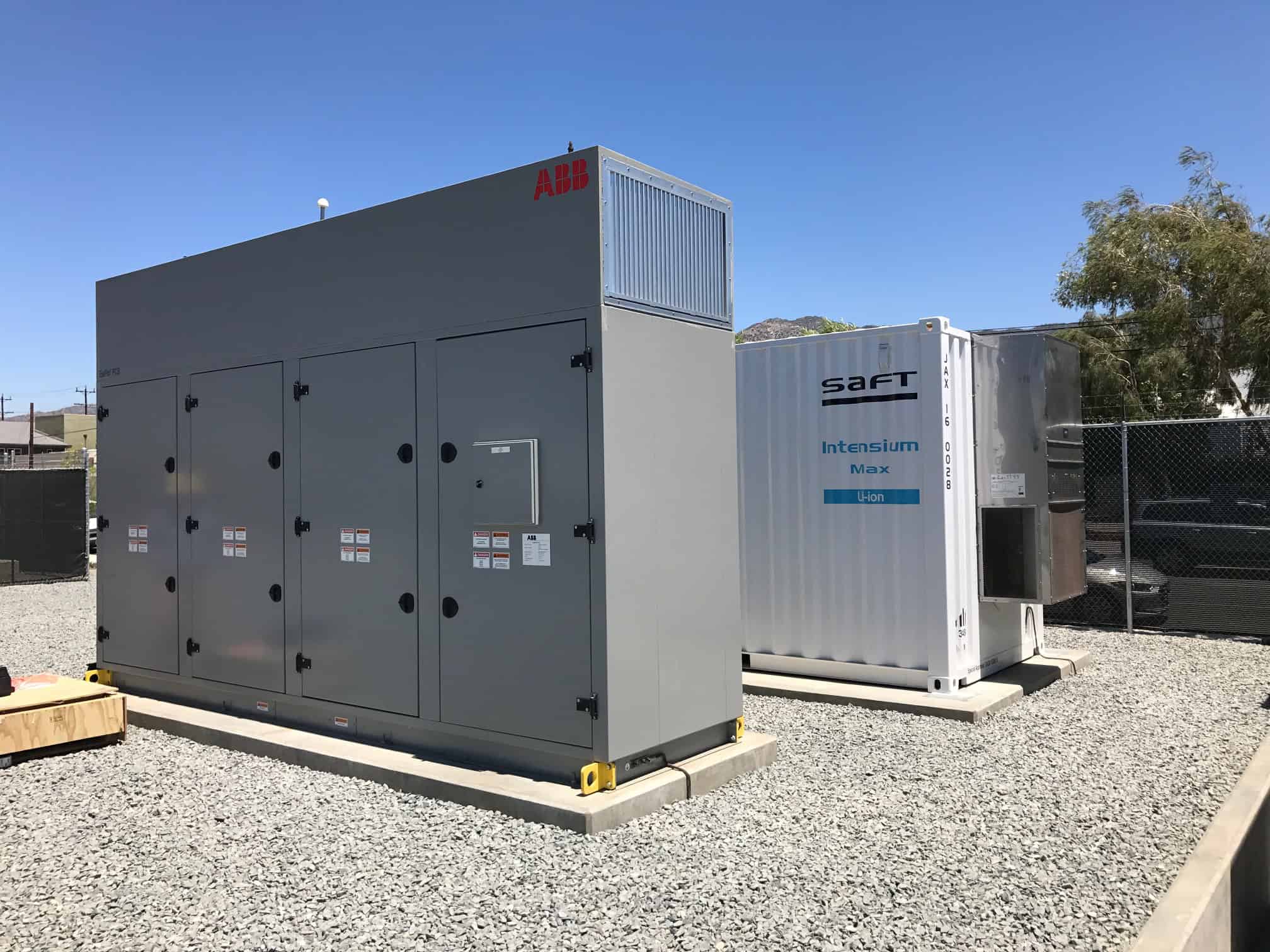
Modeling batteries ahead of deployment is not a new phenomenon. Both OEMs and end users benefit meaningfully from dedicating time and resources to battery modeling simulations during the first phases of a project. With today’s surplus of available data, especially in real-time, battery modeling opens the door for applications to get a detailed glimpse at required power and energy, potential ROI, fuel savings, and more.
At Saft, we recently collaborated with Skylar Resources to deploy a battery energy storage system (BESS) with Saft’s Intensium Max lithium-ion containerized energy storage system (ESS) at the Grandview Substation in Glendale, California, operated by Glendale Water and Power (GWP). Now one of the fastest-responding storage systems for any municipality in Southern California, the BESS helps local generators do the following: launch upon an unplanned outage; integrate renewable energy sources; and rapidly respond to shifts in system load in order to regulate transmission.
With this project serving as a pilot ahead of a potential larger-scale BESS on GWP’s grid, we knew battery modeling would be essential to demonstrating success of the pilot application. The goal was also to show how that accomplishment could translate to successful performance on a larger, full scale deployment. By nature, utilities are conservative with 20 to 30-year assets. So it’s critical to conduct modeling to help ensure that a utility receives a reasonable return on investment and a long-life BESS to serve as a reliable asset on the grid.
From a modeling standpoint, the unique challenge encountered for this project was GWP’s single transmission line into Los Angeles Department of Water & Power (LADWP) and the respective Area of Control Error (ACE). Forecast errors for transmission-line loading contribute to LADWP’s ACE, and this can result in financial penalties for GWP. Control parameters and aging verification are typical with modeling. However, this project required additional modeling to validate the core application.
We worked with GWP and Skylar to model ACE data over several months. Our goal was to demonstrate that the multi-container ESS could effectively control ACE within an acceptable margin. To help avoid penalties, we also needed to ensure that the 15-minute period forecasts provided by GWP to LADWP were accurate.
Leveraging Matlab Simulink modeling software, we were able to evaluate the aging of the battery based on how it is used to ensure that it will last the required lifetime. The engineering platform supports complex algorithms, so we continue to use the software quite extensively—not just for the battery itself, but also as an interface to applications for external algorithms. It helps us see how the application will affect the battery.
Carrying out the modeling showed us the compliance and non-compliance of the BESS. The aim was not to achieve 100 percent compliance, which would result in a very large and expensive ESS. Rather, we wanted to find the point at which we reach the highest possible level of compliance with the smallest ESS size, while maintaining an acceptable level of battery aging.
The pilot system is intended to validate the modeling by operating at scaled-down power levels. If the battery becomes too full or too empty, this will indicate to GWP that the full-scale system would experience a non-compliance. They can then assess the event to see what action, if any, they would take to mitigate the event.
While the project in Southern California revolved around utilities and renewable energy integration, battery modeling is extremely beneficial for many other types of applications as well—especially those with any complexity and uncertainty. The coupling of a reliable battery model with beneficial application engineering provides the user with certainty for a successful project.





